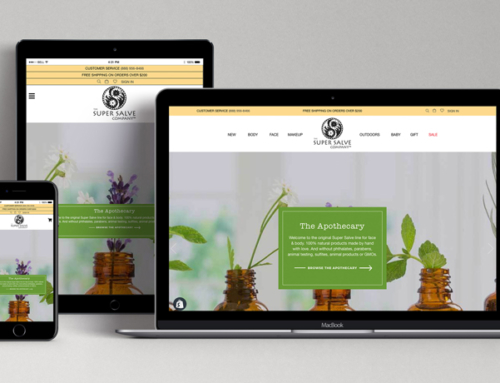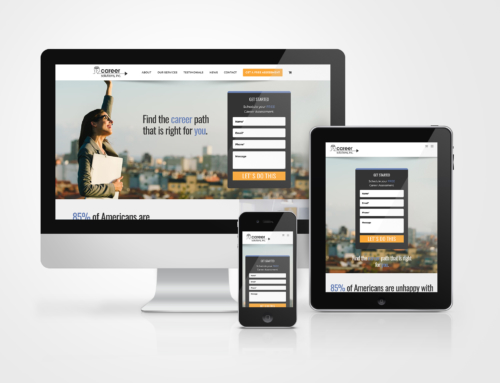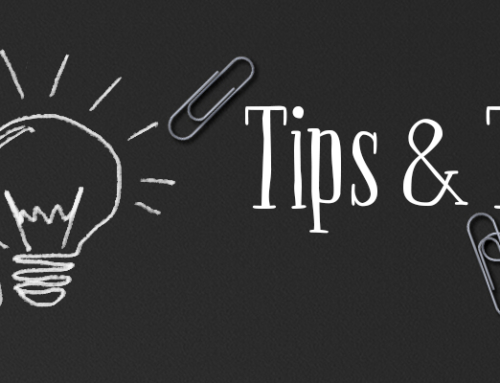1. Will your site hold up under the stress of a large inflow of clients?
You found an inexpensive web designer and finally launch your new site. You then send out a big marketing campaign to drive customers to it, only to find that as soon as lots of people visit, the site goes down. You call your designer in a panic and he says “It seems fine on my end” or “it must be the hosting company”. And so begins the all-too-common finger-pointing nightmare, and you are left with nothing but a semi-working website and lost opportunities.
Make sure your designer guarantees their work.
2. Do the people building your site speak English fluently?
Many designers hire “off-shore” coders in an attempt to keep costs down. Quite often they are Indian or Chinese. However, coders who do not speak English fluently will be working in a language they are not familiar with and since website code is written in English the number of problems from parts of the site not working properly, to serious security issues is staggering. What do you think your level of certainty would be if you tried to build something and the instructions were all in a language foreign to you? Insist on a Web Designer who uses fluent English-speaking coders, and preferably USA talent.
3. Does the designer require the entire job amount up front?
You make the deal, write the check and a couple weeks later the response from the designer slows down and then dries up altogether. Most reputable firms only require a percentage of the job upfront as a “deposit’ with the balance to be paid in an agreed upon schedule (for instance, 25% at a ¾ point and the remaining 25% upon completion of the project). If you are asked for the entire job amount to be paid before they do any work, beware.
4. Does the company have actual clients they can connect you with as referrals?
You see glowing reviews of the company’s work on their website, but they are hesitant to give you any of them to talk to. Why? Any site can list “Testimonials” on their site, which may or may not be actual client testimonials. If they have a Yelp listing check that (many don’t). But insist on speaking to previous clients that can give you an honest assessment of the company’s work.
5. Is the deal too good to be true?
Yes, you should definitely have a general idea of what people pay for websites. And you
should also try to get a good price for the work you need. But you see an ad for a “Custom Website” for $399. You buy it and launch your site but the contact form doesn’t work, so they charge you to fix it. Then you need to change some information and they charge you to fix it. An image doesn’t show up, they charge you to fix it, etc., etc. There are few other industries where “you get what you pay for” so aptly applies. Reputable companies can’t even tell you exactly how much a site will cost to build until they discover from you exactly what you need. There will be base amounts for different types of sites gathered from experience, but like a custom home builder knows, your needs are specific to you and a good designer will know how to properly price your site so it doesn’t become a money pit for you. Beware of hidden charges and “intro” deals.
6. Will your site work correctly on mobile and tablet devices?
You spend thousands on your new website only to discover that when you view it on your phone it only looks like a tiny version of your normal site. You are then told by your designer that you should probably invest in having an App built for mobile phones and tablets. Oh, and by-the-way, they also build those and can get you a price for it right away. For over 2 years now, reputable Web Designers have been building “Responsive” websites, which means that sites are built in such a way that they will automatically display in the most usable way based on which type of device it is being viewed on. Since mobile web traffic was up 171% from Q3 2011 to Q3 2013 **, insist that your designer build responsively.
7. Does your site new design already look dated or look like many others from that designer?
You launch your new “Custom” website only to discover that is look strangely like another site your designer recently launched, and looking over his older work you see your new site also looks like many other sites they built. One of the purposes behind having a website is to be able to set yourself apart and have your company get noticed and if your designer is stuck in a rut by using one or more designs as his constant starting point, you may not get the results you desire. Insist your designer give you a fresh design that sets your company apart.
8. Your friend/sister/cousin/etc. is a “computer” person and said they can do it.
There you are months down the road and your “computer” connection has been busy with his regular job, and life, and you are still not very close to having your site completed. While you may be saving some money, each day your new site is not up you are losing potential sales–more than likely much more than you will save in this way. And while it is true that anyone can learn anything, web design and development is a very specialized discipline and having an actual expert building your site will save you tons of headaches down the road, not to mention getting it done in a timely manner. Insist that your designer actually builds websites for a living.
9. Your designer has no background in Marketing, Social Media or SEO.
Your designer presents you a lovely design from which to start your new site build, but fails to realize that the way it is designed will not do well in conversions (getting people to buy or sign up for what you want them to) or list well in Google or other Search Engines. After your site launches you end up having to spend a ton of money on advertising to get visitors to your site. Sometimes designers are excellent print designers but that does not mean they will also be excellent website designers as they are 2 very different disciplines and follow very different rules. Insist that your designer has a proven track record of sites that use web best practices and are correctly Search Engine Optimized.
10. Failure to use a Content Management System (CMS)
You launch your new site and realize you need to make a change on your staff page because someone left. You call your designer and he says it will be $50 to change the name, and it’ll take him a week to do it! A CMS gives you or anyone you choose the ability to easily make updates to your website after it’s been created. Without a CMS, you are forced into a position where you have to be tied to your designer/developer forever. If you want control over the content of your site, insist on a designer who uses a CMS platform such as WordPress (or Magento for e-commerce).






Leave A Comment